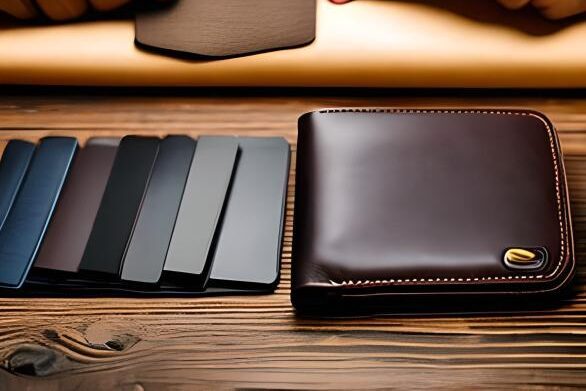Is vegan leather as good as real leather?
Introduction
Leather has traditionally been made from animal hides like cows, crocodiles, and snakes. But recently, brands have started making “vegan leather” from plants and synthetic materials instead. So how does this eco-friendly vegan leather stack up against the real thing? Let’s compare them in different categories to see the pros and cons of each!

Impact on the Environment
When it comes to helping the planet, vegan leather is the clear winner. Making real leather uses tons of energy and water. It also involves harsh chemicals that pollute rivers and air. Leather tanning leads to deforestation too when trees are cut down to make space for animals. Vegan leather made from plastics and plant fibers like cactus and pineapple waste is much greener. It produces way less carbon emissions without using as much land and resources. So if you want an eco-friendly wallet or handbag, vegan leather is the way to go!
Quality and Durability
Here’s where real leather still shines. Quality leather develops a unique patina over time that vegan leather can’t truly mimic. Full grain leather also lasts for decades, getting suppler with age. Its natural fibers make it super sturdy. Vegan leather has gotten much better, but it can still peel, crack, or lose its shape faster than real leather products. However, new technological advances are helping boost the longevity of vegan materials. But for now, real leather outpaces vegan when it comes to enduring wear and tear.

Look and Feel
Genuine leather has an elegant, luxurious look that consumers love. Its natural grain patterns and variations in texture give it character. Vegan leather can come close with synthetic finishes and embossed patterns but often lacks that natural depth and variation. However, vegan leather can be produced in any color imaginable. Brands use eye-catching dyes and prints not possible with real leather. So it offers more versatility for designers to get creative. While vegan leather is still discernible from the real deal upon close inspection, it continues to get more convincing.
Manufacturing Process
Vegan leather production uses man-made materials and chemical processing. This can utilize a lot of energy, especially for plastics-based leathers. Sustainable practices like using recycled materials and solar energy help, but manufacturing vegan leather still consumes resources. Real leather relies on raising animals, which has its own environmental impact. But innovative techniques like vegetable tanning can offer eco-friendly alternatives. Overall, both types of leather require modernizing production methods to minimize their impact on the planet across their lifecycle.

Consumer Views
Here’s where things get interesting. Many shoppers are now demanding ethical and sustainable products. They prioritize animal welfare and reduced environmental harm in their purchases. These views make vegan leather appeal to their values, even if the quality isn’t identical to real leather yet. But other consumers still see genuine leather as a luxury status symbol. Vegan leather lacks the prestigious reputation and history of real hide. Consumer perspectives on the two materials are complex, weighing factors like ethics, quality, and environmental footprint.

The Verdict
So is vegan leather ready to replace genuine leather? Not entirely…yet. Traditional leather still reigns supreme in quality and resilience. But vegan leather is catching up as manufacturing processes get better. And it provides a cruelty-free, eco-friendly option that attracts many shoppers. The future will likely see a mix of both materials as brands balance sustainability with performance. One thing is clear – innovation in vegan leather is making ethically-sourced, high-quality accessories more accessible to all. And that’s something both people and the planet can feel good about!
Next Up
What are vegan wallets made of?
What do you need to know about vegan leather?
